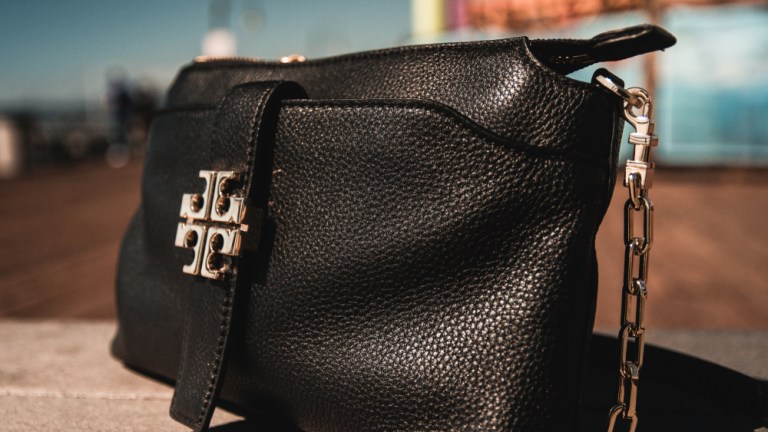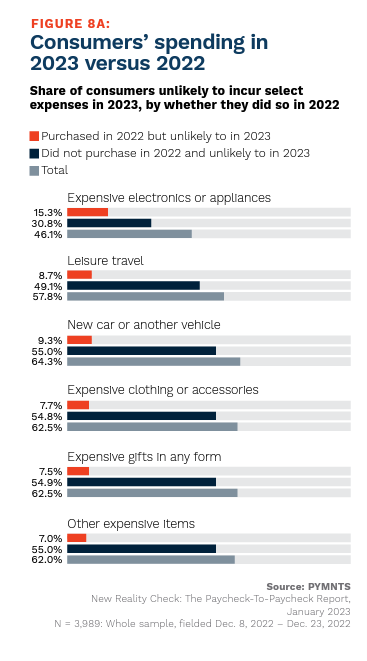
Some brands continue to seek market share for shoppers seeking lower-priced luxury, even as competitive sales slow.
After decades of defining themselves through exclusivity and personalized services for a price, luxury brands have leaned into offering consumers luxury for less. Although some brands experimented with affordable luxury as far back as 2007, more brands are getting on board as consumers demand more affordable collections and the taboos around fast fashion begin to fade.
While some endeavors, such as Amazon’s Luxury Stores platform, have seen success, The Wall Street Journal recently (Aug. 25) reported that other brands catering to the mid-tier luxury shopper are not faring as well. Leather goods label Tapestry saw its market share drop 2% between 2017 and 2022, with Tory Burch and Ralph Lauren dropping as well. So-called “aspirational goods,” lower-priced merchandise put out by luxury labels, are also seeing slower sales. However, more expensive brands have gained market share during the same period: LVMH’s market share, for example, rose from 22% to 29%.
However, these higher-end brands’ increased market share has not been able to save the sector from an overall sales dip, with sales figures returning to normal as shopping sprees — many driven by pent-up demand due to temporary, pandemic-related store closures — wind down. Other signs of mid-tier luxury contraction may be seen in the pullback of higher-end department stores such as Nordstrom.
It may be understandable, however, why luxury brands may continue seeking to appeal to the aspirational shopper. More than one-third of consumers do not plan on cutting out purchasing expensive clothing or accessories, according to “New Reality Check: The Paycheck-To-Paycheck Report,” a PYMNTS and LendingClub collaboration.

Presumably, a significant slice of consumers who said they were likely to purchase expensive clothing or accessories in 2023 may be shopping for affordable luxury merchandise. Indeed, once-exclusive brands continue to launch lines aimed at the aspirational shopper. This includes Marc Jacob’s recently expanded beauty line in partnership with sector powerhouse Coty and some high-end watch brands selling less expensive, digital versions of their iconic timepieces.
Higher-end labels are likely always to have a core customer base. However, as “quiet luxury” replaces “conspicuous consumption,” consumers may be turning away from these middle-tier products in favor of lower-priced goods or higher-end splurges. Retailers and labels caught in this middle crunch may be forced to seek a different sales strategy — or face a dwindling customer base.